A Guide to Implementing Effective Risk Assessments
As a business owner, ensuring the safety and well-being of your employees, customers, and assets is paramount. Among the various safety measures that businesses must implement, fire safety stands out as one of the most critical.
Fires can devastate businesses, causing property damage, loss of revenue, and even endangering lives. However, with effective risk assessments and proactive measures in place, businesses can significantly reduce the likelihood of fire incidents and mitigate their impact.
In this guide, we'll explore the importance of fire risk assessments and provide practical steps for implementing them effectively.
Understanding the Importance of Fire Risk Assessments: Fire risk assessments form the foundation of any comprehensive fire safety strategy. These assessments involve identifying potential fire hazards, evaluating the risks associated with them, and implementing measures to control or eliminate those risks. By conducting thorough risk assessments, business owners can gain valuable insights into their premises' fire safety vulnerabilities and develop tailored strategies to address them.
Conducting a Comprehensive Assessment: The first step in implementing effective fire risk assessments is to conduct a thorough evaluation of your business premises. This involves identifying potential fire hazards such as faulty electrical wiring, flammable materials storage, and inadequate emergency exits. It is essential to involve relevant stakeholders, including employees and safety professionals, in this process to ensure a comprehensive assessment.
Evaluating Risks and Prioritising Actions: Once potential fire hazards are identified, the next step is to evaluate the risks associated with each hazard. Risks can vary in severity, ranging from minor hazards to significant threats to life and property. Business owners must prioritise actions based on the severity of risks and likelihood of occurrence. This may involve implementing immediate corrective measures for high-risk hazards and developing long-term strategies for lower-risk issues.
Implementing Control Measures: With a clear understanding of fire hazards and associated risks, business owners can implement control measures to mitigate or eliminate those risks. Control measures may include installing fire detection and suppression systems, implementing fire safety protocols and procedures, providing employee training on fire prevention and evacuation procedures, and maintaining regular inspections and maintenance of fire safety equipment.
Developing Emergency Response Plans: In addition to preventive measures, businesses must also develop comprehensive emergency response plans to ensure a swift and effective response in the event of a fire. This includes establishing evacuation procedures, designating assembly points, appointing trained personnel to oversee evacuation efforts, and coordinating with emergency services. Regular drills and training exercises should be conducted to ensure that employees are familiar with emergency procedures and can respond calmly and efficiently in a crisis.
Ongoing Monitoring and Review: Fire risk assessments are not a one-time exercise but an ongoing process that requires regular monitoring and review. Business owners should periodically reassess their premises for new hazards or changes in risk factors and update their fire safety strategies accordingly. Additionally, regular inspections and maintenance of fire safety equipment are essential to ensure optimal performance and reliability.
Fire safety is a critical concern for businesses of all sizes and industries. By implementing effective fire risk assessments and proactive measures, business owners can protect their employees, customers, and assets from the devastating effects of fires.
With careful planning, ongoing vigilance, and a commitment to safety, businesses can create a safer work environment and ensure continuity of operations in the face of unforeseen challenges. Fire safety truly starts with effective risk assessments, laying the foundation for a comprehensive and resilient fire safety strategy.
